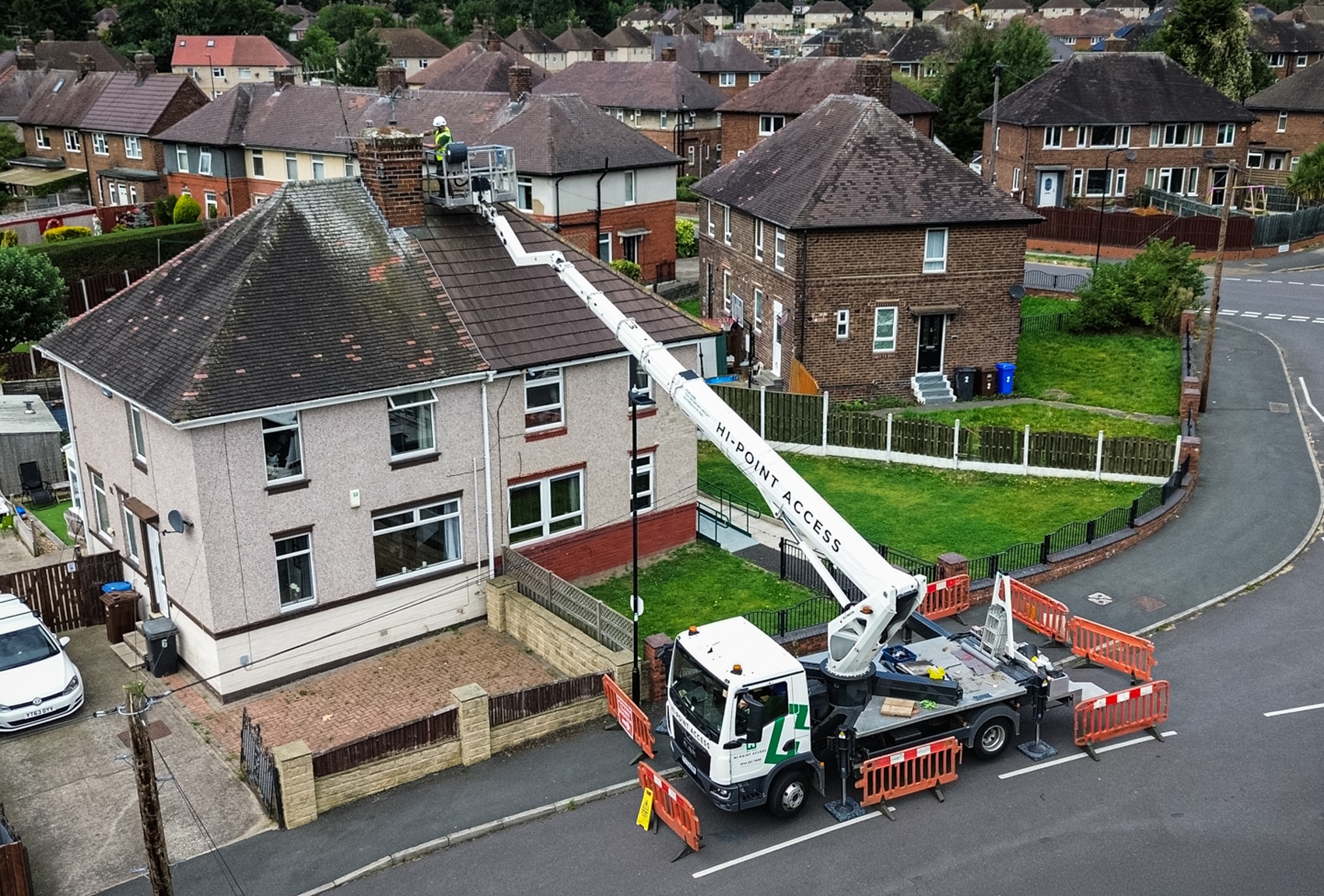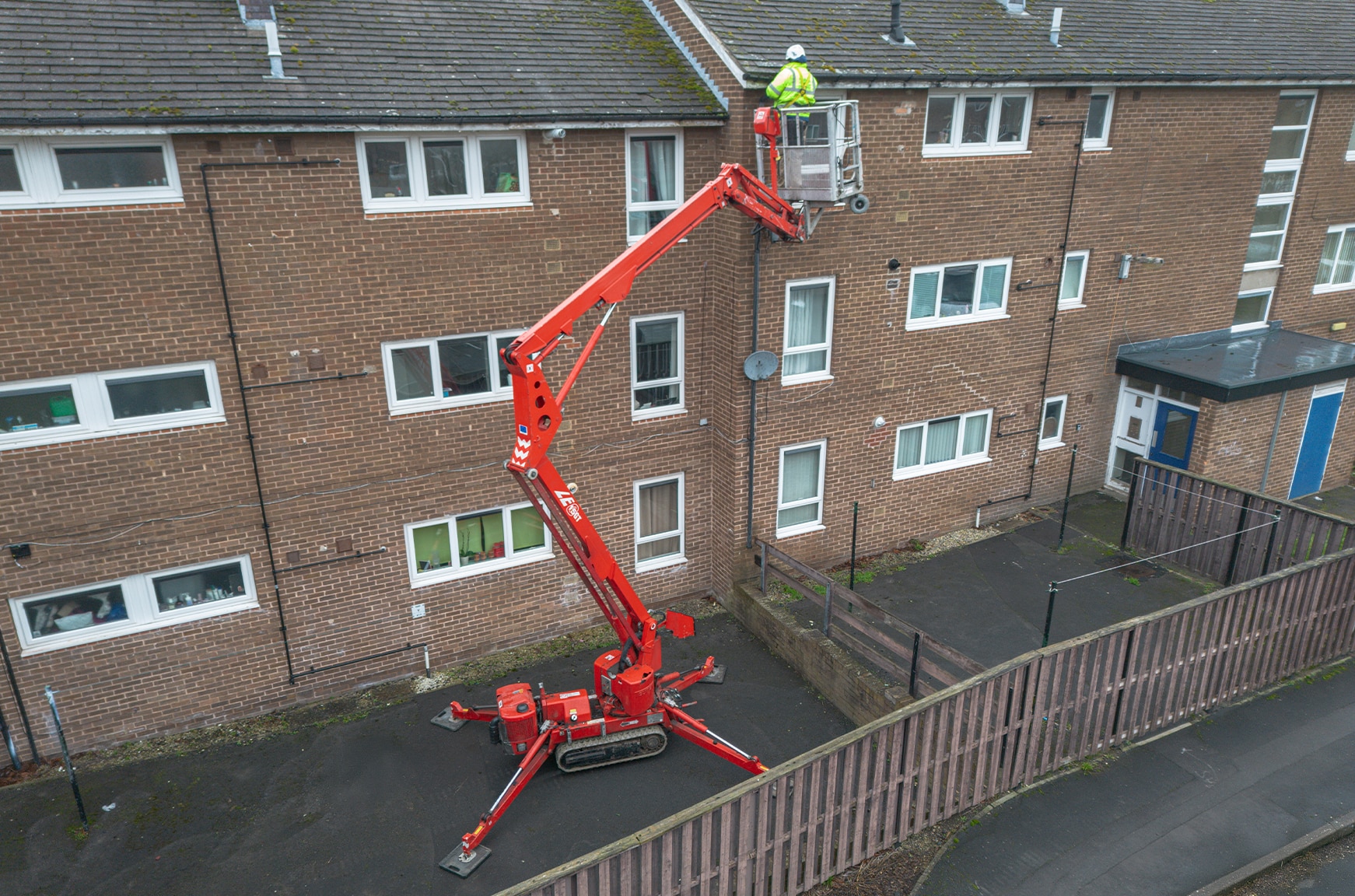Cherry Picker Hire Sheffield – Safe & Smart Access for Every Project Updated: 24 June…
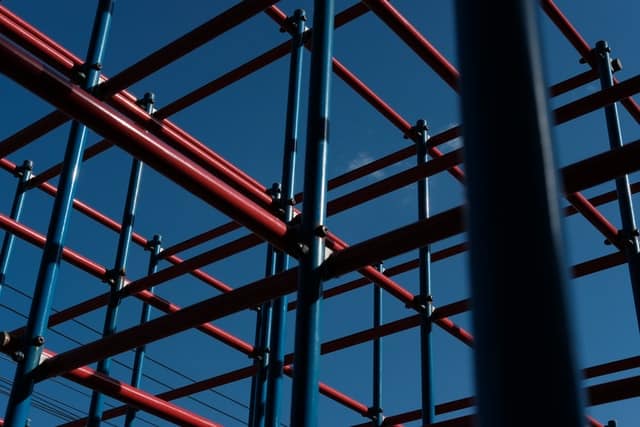
What are the Different Types of Scaffolding Tags?
Scaffolding tags are used to indicate whether or not scaffolding is compliant with industry regulations, but do you know what the different types of scaffolding tags mean? In this article, we take you through what you need to know about scaffolding tags to keep safe on-site.
So, what are the different types of scaffolding tags, and what do they mean? There are two main types of scaffolding tags; red tags and green tags. Red tags indicate that a scaffolding structure is either unsafe or incomplete, whereas green scaffolding tags indicate that a structure is safe and ready to use.
Read on to learn more about scaffolding tags and how they can keep you safe on-site.
Jump To:
- What are Scaffolding Tags?
- Does Scaffolding Have to be Tagged?
- What are the Different Types of Scaffolding Tags?
- Where Should Scaffold Tags be Attached to the Scaffold?
- How Often Should a Scaffold be Tagged?
- How Do You Inspect a Scaffold?
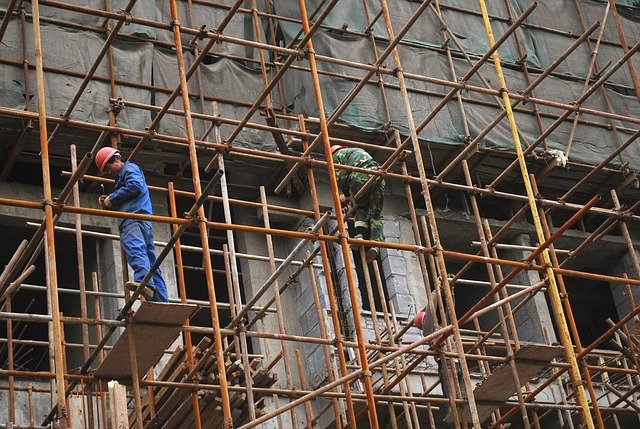
What are Scaffolding Tags?
Scaffold tags are used to indicate the safety and usability of scaffolding structures. Most commonly, red and green tags are used, however, sometimes yellow tags are also used.
By appropriately tagging scaffolding, your workers are made aware of whether or not a scaffolding structure is safe, has been inspected, and is ready to be used clearly
Does Scaffolding Have to be Tagged?
Scaffolding tags are not a legal requirement in the UK and do not have to be used, however, the law does require that scaffolding structures over 2m be inspected before use, regardless.
Affixing tags to inspected scaffolding, whilst not legally required, ensures safety by clearly communicating to workers the risks of using a given structure. This way, they don’t have to ask around if a structure has been inspected yet, whether or not it’s safe, and if it’s ready for use. They simply need to cast an eye over the scaffolding tag.
What are the Different Types of Scaffolding Tags?
Now you know what scaffolding tags are, you probably want to know what the different tags mean. We’ve outlined the three main types of scaffolding tags below so that next time you’re on-site, you’ll be able to determine the safety of scaffolding easily.
Red Scaffolding Tags – Unsafe or Incomplete
Red scaffolding tags are probably the most important as they indicate that a scaffolding structure is either unsafe for one reason or another, or is incomplete. If you see a red scaffolding tag on a structure, do not use the structure before it is reviewed and re-inspected.
Yellow Scaffolding Tags – Caution
Yellow scaffolding tags are used less frequently, but indicate that caution should be used around the scaffolding structure. What’s more, yellow scaffolding tags tell you that a structure has been modified for a specific purpose, and that special safety requirements should be used when working on the structure.
Green Scaffolding Tags – Ready for Use
Green scaffolding tags indicate that a scaffolding structure is safe and is ready to use. Normal health and safety should still be observed, however, the structure has been deemed safe for use for typical work.
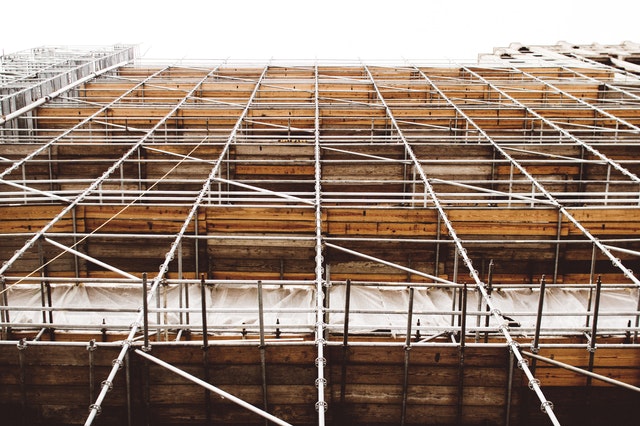
Where Should Scaffold Tags be Attached to the Scaffold?
Scaffold tags should be affixed to each entry point of the structure. This includes access points at ground level and, where appropriate, any access points above ground level.
This ensures that all workers are clearly made aware of the safety of the structure wherever they enter, and also stops workers from entering an unsafe structure where they may previously have been unaware of its safety status.
However, for this to work, scaffolding tags need to be reassessed regularly.
How Often Should a Scaffold be Tagged?
Although not a legal requirement, it is recommended that scaffolding is inspected and retagged on at least a weekly basis, and more frequently during bad weather conditions.
A wide variety of things can impact the safety of scaffolding, and workers place an enormous amount of trust in such inspections daily. As such, it is essential to reassess whether or not it is fit for use regularly. The last thing you want is to lose the trust of your workmen because of workplace safety.
How Do You Inspect a Scaffold?
Scaffolding structures should only be inspected by a competent person with a combination of appropriate knowledge, training, and experience. It is crucial that this person is responsible, has good attention to detail, and has an excellent understanding of health and safety on scaffolding structures.
The inspector must inspect the scaffolding after installation but before use, at least weekly after that, and following any situation which could compromise the safety of the structure.
Inspectors should consider many different factors, as laid out by HSE in their Scaffold Checklist, including any defects or matters that could pose a safety risk, even if this matter is resolved promptly. Reporting such matters can help with future identification of recurring problems.
Hire Scaffolding in Sheffield and Across South Yorkshire
If you are about to enter a project which requires reliable and safe scaffolding in Sheffield, Hi-Point Scaffolding Sheffield provides a range of options that are sure to suit your needs. Whether you are looking to hire mobile scaffolding, indoor scaffolding, or traditional steel tube scaffolding, we can provide the right access solutions for your project. Get in touch today for more information, or request a quote.

